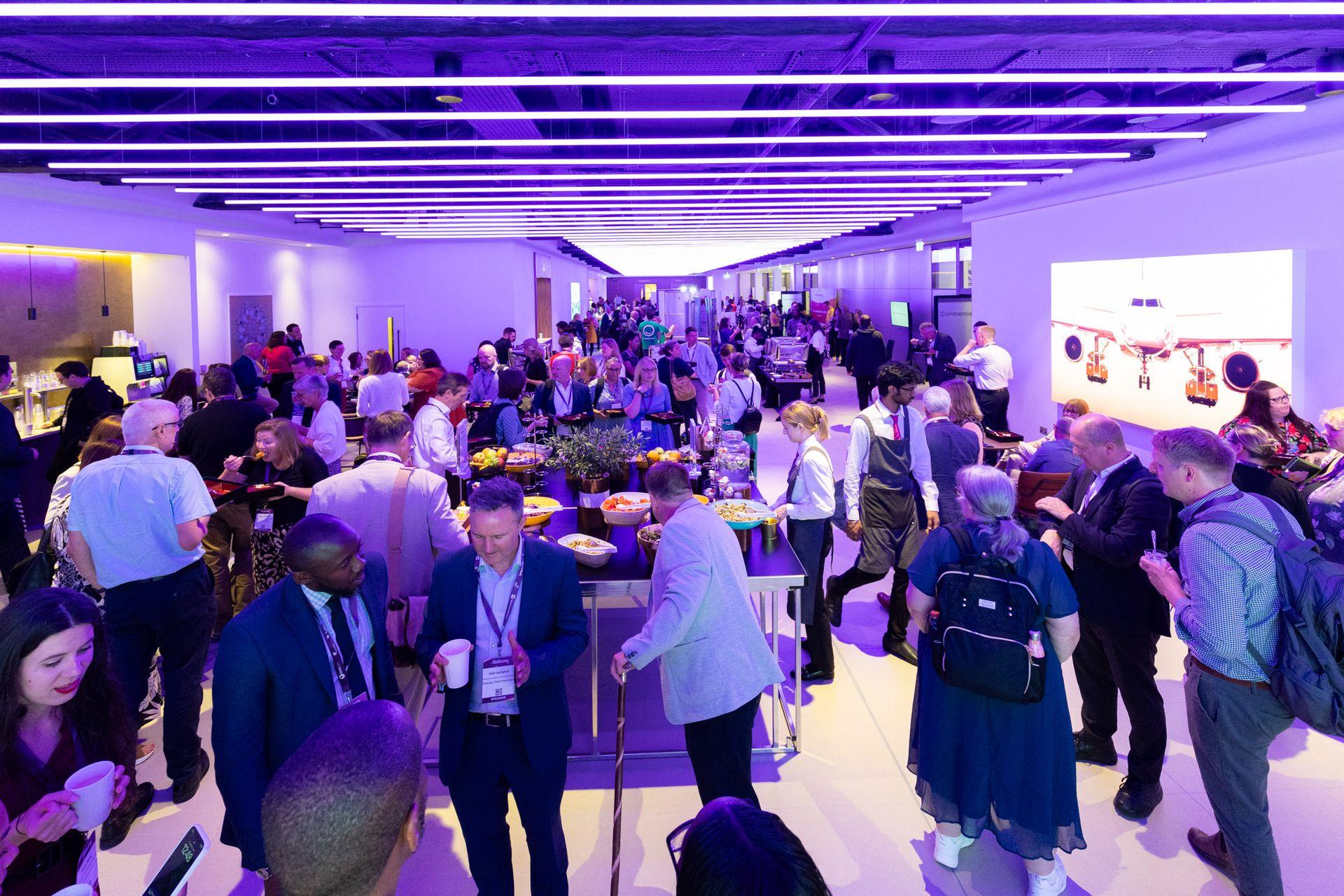Last year’s highly commended and winner of the Memcom Excellence Awards’ Future Leader category, Kieran Dhunna Halliwell and Will Booth, both embody these qualities in distinct but equally impactful ways. And their journeys, while in different fields, share common threads that illustrate what it truly means to be a future leader.
In this blog, Memcom’s Director Julian Smith identifies five traits that both Kieran and Will have in common, which might arguably be the blueprint for a future leader…
1. A Relentless Drive to Innovate
Innovation is a defining trait of future leaders. Kieran Dhunna Halliwell entered the Royal Institution of Chartered Surveyors (RICS) with no prior experience in the built environment, yet in just three years, she transformed the organisation’s engagement with its members. From increasing audience interaction with RICS Modus and its podcasts to introducing new ways for members to contribute ideas, Kieran demonstrated a keen ability to modernise content and amplify voices that were previously unheard.
Similarly, Will Booth brought his wealth of experience in publishing and governance to the Faculty of Pharmaceutical Medicine (FPM), where he quickly identified and tackled critical organisational challenges. His leadership in restructuring training programmes and membership criteria has led to significant revenue growth and an increase in engagement among members.
The thing that both Kieran and Will have in common, is that they saw opportunities where others saw challenges, demonstrating the innovative thinking that sets future leaders apart.
2. The Power of Effective Collaboration
Leadership is never a solo act, and both Kieran and Will have shown remarkable skill in bringing people together to achieve a shared vision. Kieran’s efforts at RICS have connected surveyors, policy-makers, and the wider public through strategic networking and collaboration. Her work has helped elevate RICS’ presence in national conversations on building safety, sustainability, and governance.
Will, too, has fostered collaboration at FPM. He managed delicate transitions within his team, successfully handling knowledge transfer and ensuring operational continuity. His work in building partnerships, particularly with the NHS and regulatory agencies, has strengthened the medical regulatory workforce and expanded FPM’s impact beyond its traditional scope.
3. Strategic Thinking and Execution
A future leader isn’t just a visionary—they must also be able to execute their ideas effectively. Kieran’s implementation of data-driven decision-making at RICS has led to more informed content strategies, improving member engagement and digital outreach. Her ability to assess priorities and allocate resources efficiently speaks to her strong strategic mindset.
Will’s rapid promotion to Deputy Chief Executive at FPM after only five months is a testament to his ability to think strategically and deliver results. His work in overhauling membership criteria and streamlining exam processes has directly contributed to the organisation’s growth and modernisation.
Leaders like Will and Kieran don’t just set goals; they successfully make them happen through meticulous planning and decisive action.
4. Resilience and Adaptability
The journey to leadership is rarely smooth, and resilience is a key characteristic of those who succeed. Kieran’s adaptability is evident in her transition from a background in education and marketing to becoming a thought leader in the built environment. She embraced the challenge of learning a new industry and turned it into an opportunity to drive change.
Will, too, demonstrated resilience when stepping into a new sector, rapidly understanding FPM’s landscape and implementing critical reforms. His ability to manage change, whether it be in governance, training or membership engagement, underscores his capability to lead under pressure and uncertainty.
5. An Unwavering Commitment to Impact
At the heart of leadership within our sector, is the overwhelming desire to make a meaningful difference.
Kieran’s work at RICS has amplified diverse perspectives within the surveying profession, making it more inclusive and accessible – and by giving members a stronger voice, she is shaping the future of professional engagement in her field.
Will’s impact at FPM is equally transformative. His initiatives have not only improved operational efficiency but have also enhanced the professional development opportunities available to those in pharmaceutical medicine. His commitment to strengthening governance and education ensures that his contributions will have a lasting effect on the industry.
Conclusion: The Blueprint for Future Leaders
Kieran Dhunna Halliwell and Will Booth exemplify what it means to be a future leader: they are innovative, collaborative, strategic, resilient, and committed to making a lasting impact. Their achievements prove that leadership is not about tenure but about the ability to drive change and inspire others.
I would argue that all organisations have a Kieran or a Will; the secret lies in unlocking their potential. For organisations looking to cultivate future leaders, the key takeaway from Kieran and Will’s journeys is clear—empower individuals who challenge the status quo, foster connections, and execute bold ideas with precision.
The future of leadership within our wonderful sector is bright, and if you have a Kieran or a Will, a fantastic team, a brilliant Chair or President – or a potentially award-winning CEO, give them the recognition they deserve and nominate them for a 2025 Memcom Excellence Award.

